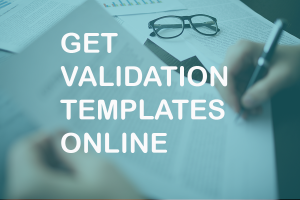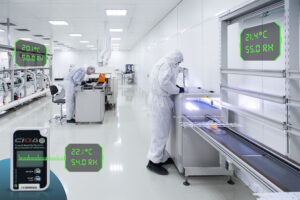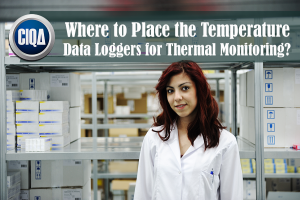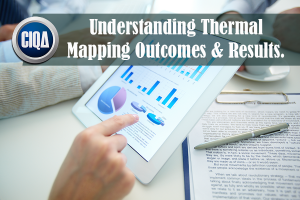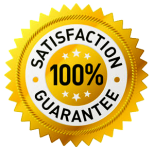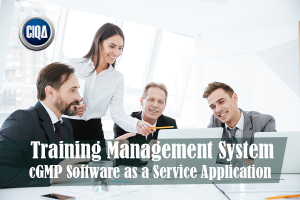
How to Establish the Acceptance Criteria in Cleaning Validation
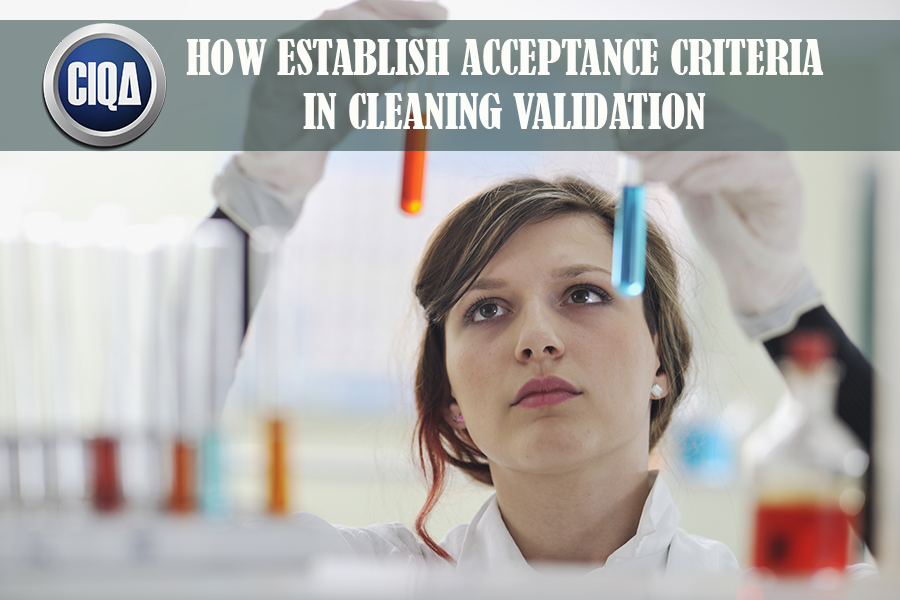
| Regarding the cleaning acceptable criteria limits, FDA does not intend to set acceptance criteria in cleaning validation or methods for determining whether a cleaning process is suitable or validated.
But, some limits that have been mentioned by the industry include analytical detection levels such as 10 PPM or less, biological activity levels such as 1/1000 or less of the normal therapeutic dose, and organoleptic levels. Check the manner in which the acceptance criteria in cleaning validation is established.Unlike finished pharmaceuticals where the chemical identity of residuals are known (i.e., from actives, incipients, detergents, etc) bulk processes may have partial reactants and unwanted by-products which may never have been chemically identified. In establishing residual limits, it may not be adequate to focus only on the principal reactant since other chemical variations may be more difficult to remove. There are circumstances where TLC screening, in addition to chemical analyses, may be needed. In a bulk process, particularly for very potent chemicals such as some steroids, the issue of by-products needs to be considered if the equipment is not dedicated. The objective of the inspection is to ensure that the basis for any limits is scientifically justifiable. Worst cases should include in the selection of the acceptance criteria in cleaning validation:– Evaluation of the medicinal products with the highest toxicity – Consideration of the lowest solubility of drugs in cleaning solvents – Evaluation of medicinal products with characteristics that make them difficult to clean – Swabbing equipment places the most difficult to clean FDA expectative to establish the acceptance criteria in cleaning validation 21 CFR 211.67FDA expects firms to have written general procedures on how cleaning processes will be validated.
FDA expects the general validation procedures to address who is responsible for performing and approving the validation study, the acceptance criteria, and when revalidation will be required. FDA expects firms to prepare specific written validation protocols in advance for the studies to be performed on each manufacturing system or piece of equipment which should address such issues as sampling procedures, and analytical methods to be used including the sensitivity of those methods. FDA expects firms to conduct the validation studies in accordance with the protocols and to document the results of studies. FDA expects a final validation report which is approved by management and which states whether or not the cleaning process is valid. The data should support the conclusion that residues have been reduced to an “acceptable level.” STATUTORY AND REGULATORY REQUIREMENTS OF ACCEPTANCE CRITERIA IN CLEANING VALIDATIONGMP Regulations (Part 133.4) stated as follows “Equipment … shall be maintained in a clean and orderly manner .” A very similar section on equipment cleaning (211.67) was included in the 1978 CGMP regulations. Of course, the main rationale for requiring clean equipment is to prevent contamination or adulteration of drug products. FDA expects firms to have written general procedures on how to define the acceptance criteria in cleaning validation processes that will be validated. Validation for drugs (finished pharmaceuticals and components) is a legally enforceable requirement under section 501(a)(2)(B) of the Act (21 U.S.C. 351(a)(2)(B)), which states the following: “… a drug (including a drug contained in a medicated feed) shall be deemed to be adulterated if the methods used in, or the facilities or controls used for, its manufacture, processing, packing, or holding do not conform to or are not operated or administered in conformity with current good manufacturing practice to assure that such drug meets the requirement of the act as to the safety and has the identity and strength, and meets the quality and purity characteristics, which it purports or is represented to possess.” SUBSCRIBE AND FOLLOW US TO LEARN MORE ABOUTACCEPTANCE CRITERIA IN CLEANING VALIDATIONHOW TO WRITE A CLEANING PROCEDURES IN 6 STEPS.CONSIDERATIONS TO SELECT THE CORRECT TEST METHODTOP CLEANING VALIDATION FACTORS AND LEVELSFor more details on specific FDA expectations and how to define the acceptance criteria in cleaning validation, follow us Three (3) options to create a cleaning validation protocol:Option 1. You can create a great cleaning protocol, using a template.You can download a free sample of a validation template in .pdf format. To see the complete list of the most popular validation templates, click here. In addition, you can request a quotation to buy online a full validation template document in MS Word format that is completely editable, ready to fill and adapt to your needs. Option 2. We can bring you a formal training on how to establish your acceptance criteria in cleaning validation protocols using our template(s).This option is recommended if you want to learn more about how to build a robust validation protocol. One of our expert(s) will provide online step-by-step training to your team (unlimited assistance) on how to build a reliable validation protocol using a template. You can improve your corporate validation procedures and policies incorporating our template sections. It includes the template, an exam, and a training certificate for each assistant. Request a quote now. Option 3. We can create a customized cleaning validation protocol.One of our expert(s) will create and prepare for you a customized validation protocol with the inputs and specific information of your company. It may include, online support in document creation, execution, or final reporting, Request a quote online. GET IN COMPLIANCE TODAY, CONTACT US (Hablamos Español)References:PIC/S Guideline to Validation – PI -006-3 (2007) ICH Guideline Q7 “GMP for APIs Inspection Guide for Bulk Pharmaceutical Chemicals and the Biotechnology Inspection Guide httpss://www.accessdata.fda.gov/scripts/cdrh/cfdocs/cfcfr/CFRSearch.cfm?fr=225.1 httpss://www.fda.gov/validation-cleaning-processes-793 httpss://www.gmp-compliance.org/gmp-news/what-does-the-fda-expect-from-cleaning-validation-today httpss://gmpnews.net/2019/06/fda-requirements-for-cleaning-validation/ |

Ramon Cayuela, MS, BS, Chemical Engineering
CIQA President and CEO.
I've been working in validation engineering since 1992 with many multinational pharmaceutical companies. I love sharing my passion and knowledge with others. If you have any questions about anything (or just have general questions). I will be more than happy to assist you. You can count on the BEST customer service on CIQA. I go to great lengths to make sure my clients are 100% satisfied with their purchases and check emails/messages consistently throughout the day. You can rest assured that everything being sold here is as-described or your money back. I look forward to working with you!
Related Articles
Subscribe to get validation
news and free tips by email.
Need Additional Help?


